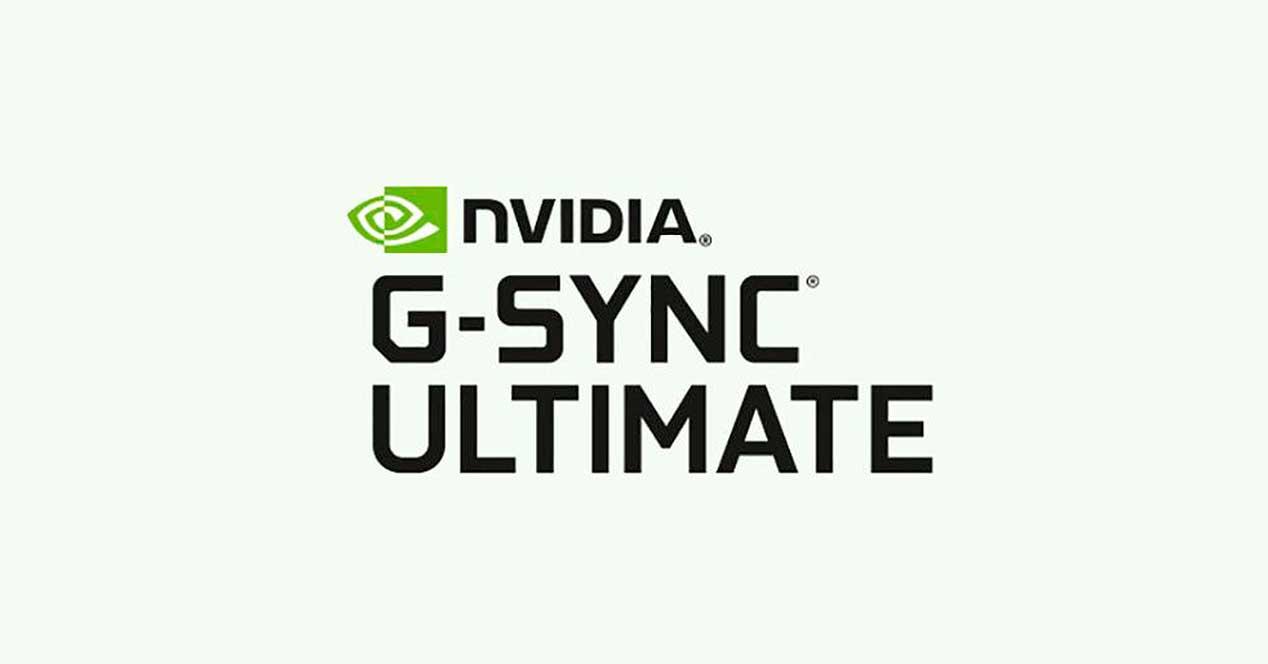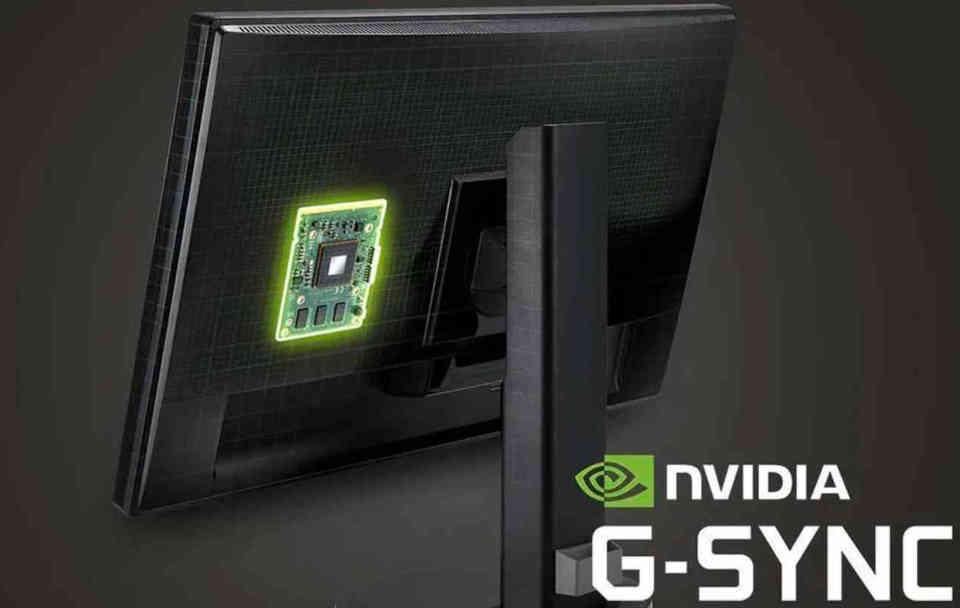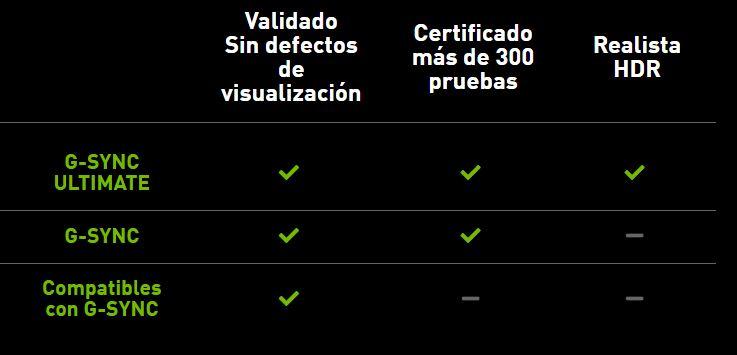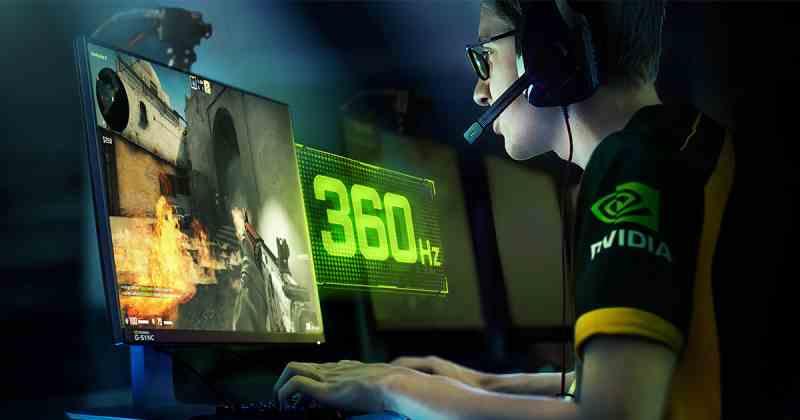
As we always say, it is of little use to have a high-end gaming PC that provides you with extraordinary performance if you do not accompany it with some peripherals to match, among which is of course the monitor. The G-Sync technology guarantees you a more fluid gameplay and not only because of the high refresh rate of the monitors, but also because it is variable and thus avoids the effects of tearing and stuttering, making the gaming experience the best possible. .
What is G-Sync technology?
Before the arrival of this technology back in 2013 and when it was done by adding a physical module to the monitors that today is no longer necessary, the effects of stutter, flicker and tearing were very frequent (and unpleasant) in games. . G-Sync technology allows the refresh rate of the screen to be synchronized with the rate of frames per second that the GPU is capable of generating, so that they work in unison to generate much more fluid images.
These typical and common problems could only be solved by activating vertical synchronization (V-Sync) in games, and that only if the GPU was capable of generating as many FPS as Hz had the monitor at all times, since at the moment in if the values were not the same, we had the same problem again. G-Sync represented the first real solution to the problem, but with the drawback that having to add a physical module to the monitors or laptops that allowed to synchronize the FPS with the Hz of the screen caused the cost to skyrocket.
Nowadays things have changed, and although monitors continue to use the physical module in some cases, the cost of this is no longer as high as in the early days of technology. In addition, there are now many monitors that support G-Sync even without this module and allow for almost as good a gaming experience. In recent times, finally, NVIDIA added the Ultimate category to this technology for monitors that met a series of demands and standards established by the company and that, according to them, ensured the best possible gaming experience.
Differences between G-Sync, G-Sync Ultimate and compatible G-Sync
Next we are going to reflect the definition that NVIDIA itself makes of these three levels:
- G-Sync Compatible: They do not use NVIDIA processors, but are validated by the brand to provide a good and easy variable refresh experience, as well as a game experience without image fragmentation or flicker.
- G-Sync: features an NVIDIA G-Sync processor to deliver a great experience without image fragmentation, flickering, or input lag. Amateur and professional gamers can count on a wide range of Variable Refresh Rates (VRR) and a Variable Overdrive function for a flawless picture and exceptional gaming experience.
- G-Sync Ultimate: Features NVIDIA’s Best G-Sync Processors for the Best Gaming Experience; includes HDR, impressive contrast, cinema-class color, and ultra-low latency gameplay.
Therefore, the main difference of G-Sync Compatible with the other two categories is precisely that the monitor does not incorporate an NVIDIA hardware module to be able to offer the variable refresh rate, but even so these monitors have been validated by the brand and you can enjoy VRR without any problem, even configuring it through the NVIDIA control panel since, as we said, they have been tested and validated by the brand.
On the other hand we have the “normal” G-Sync monitors, which have also been validated by NVIDIA but which in this case do include the brand’s processor and, in addition, have been certified in more than 300 tests (tests that, all be said, the brand has not revealed what they are).
Finally we have G-Sync Ultimate, the highest category of the brand and which for now is only reserved for the highest-end monitors. It includes the NVIDIA processor and they are obviously guaranteed, validated and certified by the 300 tests of the previous category, and the difference is essentially that these monitors must necessarily also be HDR compatible.
Is it worth paying more for the Ultimate category?
According to NVIDIA, only G-Sync Ultimate certified monitors offer the best gaming experience, although it is true that according to their own standards the only difference is that they offer HDR. However, and this is more a matter of monitor manufacturers than NVIDIA, this certification seems to be reserved only for the highest-end monitors and not only because they incorporate HDR, but because they are the models with the highest resolution, largest format and of course with higher refreshment frequencies that today reach 360 Hz.
Therefore, it is not worth paying more for a monitor with the G-Sync Ultimate category, in reality you will not be paying more for this but because its technical specifications are always higher than those integrated by monitors with simple G-Sync certification. . For example, today you have a Dell S2721DGFA monitor that has 1440p resolution, Nano IPS panel, 165 Hz refresh rate with 1 ms response time and that has HDR10 with 400 nits of maximum brightness, a whole high-performance monitor. benefits, but it has a simple G-Sync category and not the Ultimate simply because the manufacturer wanted it that way. With this we want to tell you that because a monitor has G-Sync and HDR it will not be certified, plain and simple.






